An RV skirt can help winterize a motorhome or travel trailer. The materials used to create an RV skirt can significantly reduce freezing air and wind from entering your RV. Upon understanding its benefits, you’re now wondering how to install a skirt for your RV. We researched the steps, and here’s what we found.
Take note that the exact number of steps to install a skirting around an RV often depends on its construction. For example, installing a plywood RV skirt is somewhat different when compared to the setup process of a vinyl skirt. Still, here’s a quick guide to show you how to create and install a plywood RV skirt in five steps:
1. Remove debris around the RV to ensure that you’re working in a relatively clean area. 2. Measure the areas where you will install the plywood RV skirt. 3. Cut your preferred plywood sheet to size, and paint or stain it for protection. 4. Install the cut plywood skirt onto the RV by securing it with wood scraps and nails. 5. Seal cracks or gaps with insulation or bubble wrap if these imperfections appear.
It might look relatively easy to install skirting for a motorhome or travel trailer in only five steps. But keep reading as we tackle these steps in greater detail in this post. In turn, you can avoid costly mistakes.
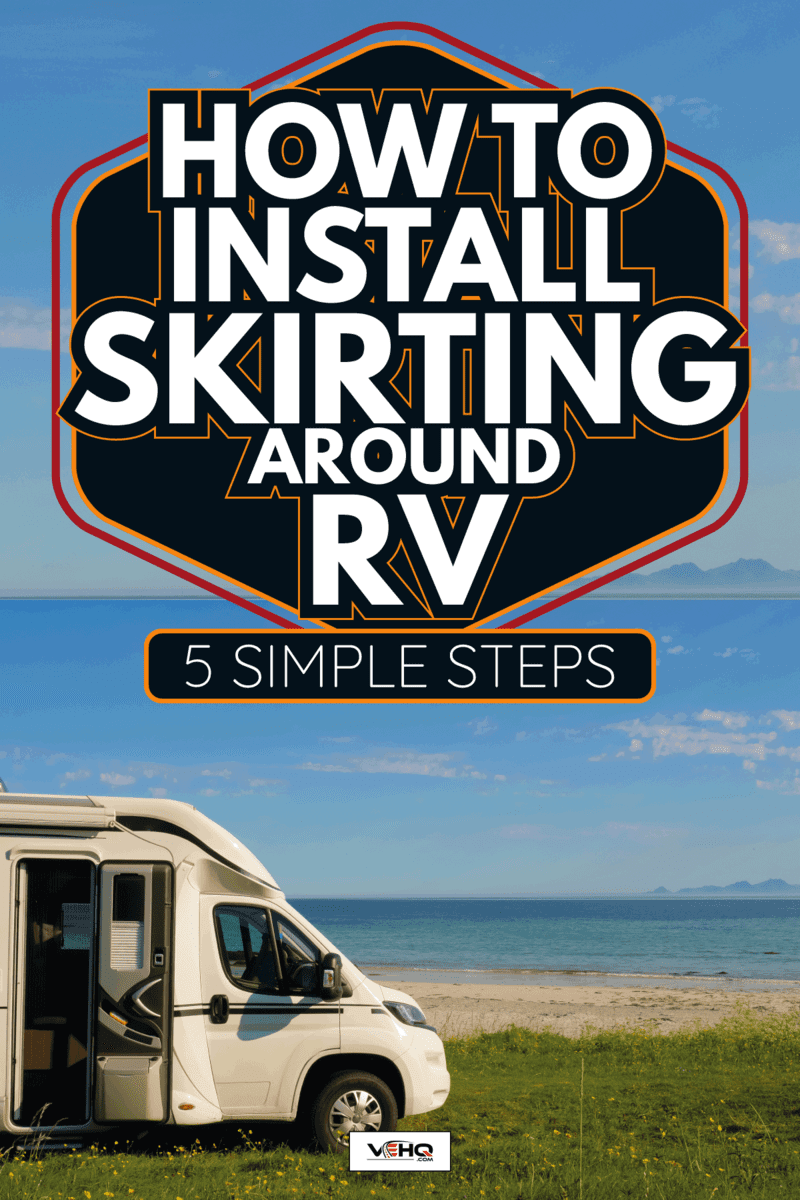
What Can I Use To Skirt My RV?
Commercial and DIY RV skirting options exist in today's market. The choices use different materials, which often range from plastic to vinyl. In this section, you’ll learn about these substances in greater detail:
Plastic
Plastic RV skirts generally do well winterizing RVs. This material may resist extreme temperatures, which might include freezing winter winds. Another benefit of using plastic for trailer skirts is that many made with this material are fairly lightweight.
On the downside, plastic is usually not the strongest material for RV skirts. Nonetheless, the different plastic varieties can still do relatively well in reducing cold from entering mobile homes. Even adding a commercially made fender skirt can diminish the cold.
Check out this fender skirt on Amazon.
Plywood
Plywood is a general favorite among different RV owners because of its versatility. With the right tools, this type of wood should be reasonably easy to cut and shape to the appropriate size. In turn, you can reduce the risks of imperfections like cracks and holes appearing on its surface, particularly during winter.
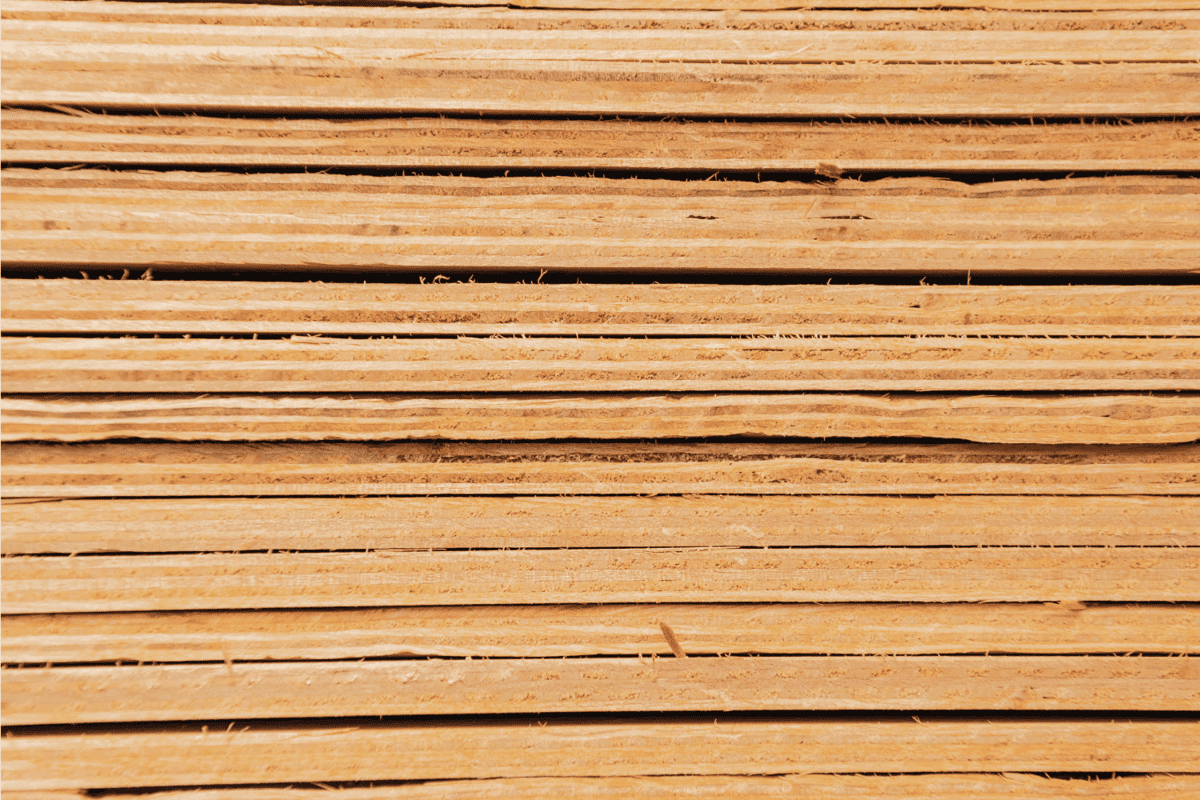
Perhaps the main drawback of buying plywood is the cost. High-quality plywood sheets are quite expensive. Here are some examples of construction-grade plywood and their expected costs:
- 4x8-inch Sanded Pine BC (1/4-inch thick): $13.27 per sheet
- 4x8-inch 5-ply Birch (3/4-inch thick): $44.97 per sheet
- 4x8-inch Oriented Strand Board (OSB) (23/32-inch thick): $13.37 per sheet
- 4x8-inch Resistance Temperature Detector (RTD) (19/32-inch thick): $14.47 per sheet
- 4x8-inch CDX (15/32-inch thick): $28.97 per sheet
Moreover, the overhead for plywood may differ based on its current market value. For instance, the US plywood market reached the $8.48 billion mark in 2020, according to the International Market Analysis Research and Consulting (IMARC) Group.
Plus, the organization saw that the value for this type of wood will increase by 3.12% from 2021 to 2026. In turn, plywood buyers should expect a rise in wood prices within that period.
Check out these 12x12" plywood sheets on Amazon.
Vinyl
Certain vinyl skirts for RVs attach to the awning tracks, providing extra reinforcement against cold weather and strong winds. If attached to a slide-out motorhome awning, RV owners may take advantage of an easy-to-store skirt that doesn't require extensive steps for disassembly or removal.
Furthermore, many vinyl variants are usually cheaper than plywood selections. You also have the option to install accessories like hinges and locks on vinyl skirts.
However, it can be tough to find a custom-made vinyl skirt for unique travel trailers. If you can’t purchase an RV skirting in this material, particularly one with a distinct design, it might be better to opt to DIY the winterizing cover instead.
Check out this vinyl mobile home skirting on Amazon.
How To Install RV Skirting?
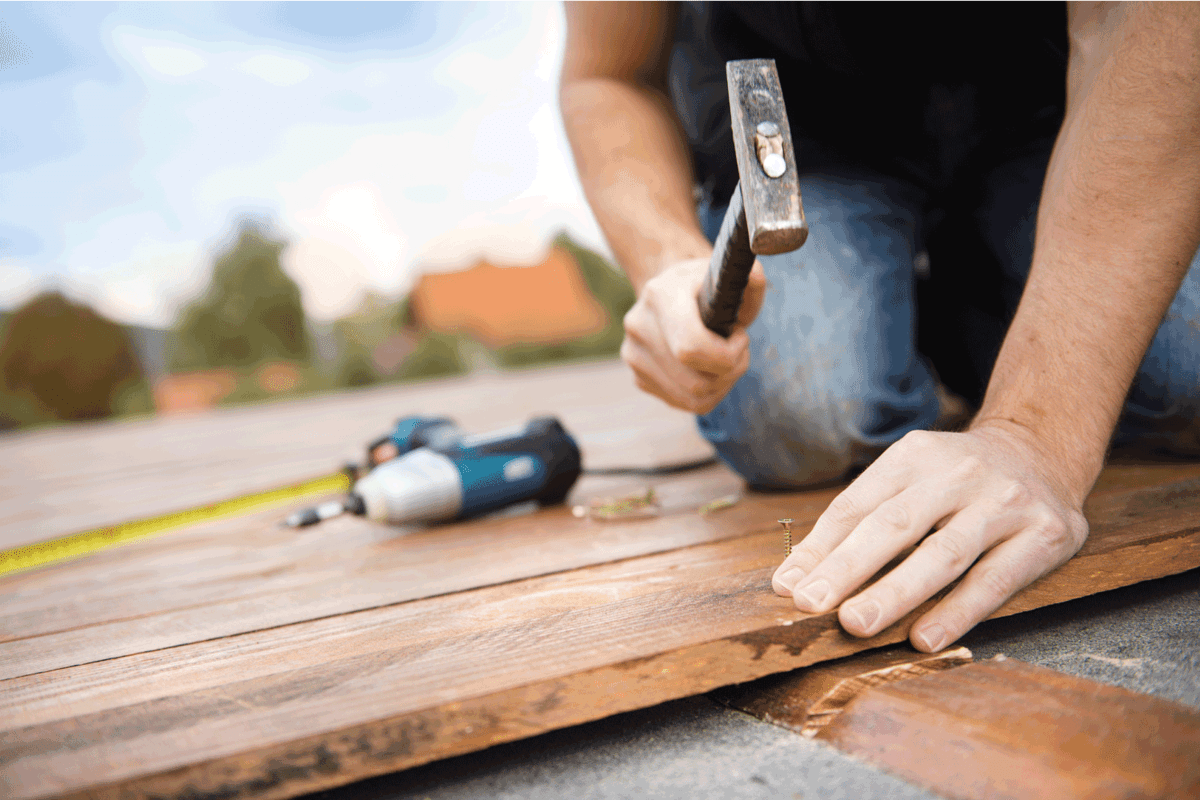
The steps to install an RV skirting often primarily depend on the materials used. You may consult the owner's manual for instructions on a specific skirting for mobile homes if you bought a commercially-made product.
Still, here’s a guide to help you make and install a plywood skirt for a travel trailer:
What You’ll Need
- 4 x ½-inch plywood
- Different screws (from 1-inch to 1-5/8 inches)
- Plywood scraps
- Hammer
- Steel tape or yardstick
- Hacksaw or circular saw
- Bubble wrap or insulation
- Paint
Guide to Make the Plywood Skirt
- Clear any rubble and debris from around and under the RV to allow you to work without clutter.
- Remove the wheel well covers if possible.
- Measure around the RV's bottom edge with a steel tape or yardstick.
- Trench a line of about 2 to 3 inches deep into the ground, forming a perimeter around the trailer’s body.
- Measure the distance from the trench’s bottom to the bottom of the travel trailer.
- Measure the distance between the doorstep piece to the wheel well if needed. Doing so will prepare your DIY skirting solution for distinct RV parts, such as septic and water systems.
- Cut the pieces of the skirting with a hacksaw or circular saw.
- Paint or stain the plywood to protect it from extensive moisture.
Guide to Install the Plywood Skirt
- Overlap and screw a plywood scrap over the edges of the plywood RV skirting.
- Fill the ditch with the wheel well and doorstep piece. In turn, the plywood sheet should be reasonably close to the trailer’s bottom edge.
- Put the remaining pieces of the skirting into both sides of the wheel well.
- Connect the panels by screwing them into the wooden overlap. Make sure to secure the sheets at their seams.
- Secure the additional plywood panels to both ends of the travel trailer.
- Brace the extra wooden sheets by screwing the wooden scraps onto them.
- Stabilize the skirt with a hammer. Replace the wheel well cover afterward.
- Check for signs of cracks or gaps, and fill them with insulation or bubble wrap.
Additionally, watch the video below if you prefer to install a commercially made skirting for your RV:
Is RV Skirting Necessary?
Base your decision to purchase and install an RV skirting or not by thinking about certain factors. These key factors include:
- Heat requirements: Do you feel cold while staying in your RV during the winter? If you already have sufficient heating in your camping vehicle, you may not need the extra insulation supplied by an RV skirt.
- Winterizing plumbing equipment: RV skirts can be a great addition to reduce the risks of damages from winter to the vehicle’s plumbing system.
- Built-in features: Some campers may already have built-in appliances that provide sufficient heat to the different parts of the vehicle. If you think you need to add extra comfortable heating to the automobile in the winter, RV skirting can be a necessity.
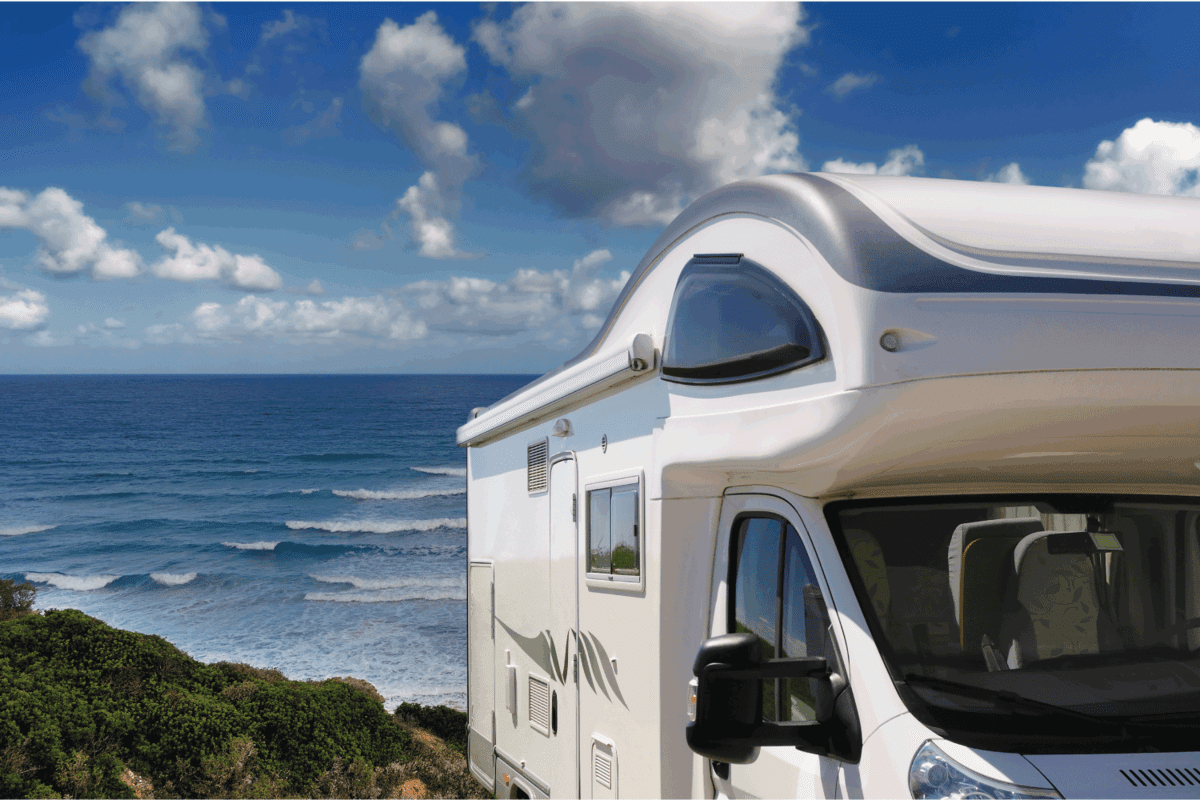
Does RV Skirting Help In The Summer?
Although RV skirts are usually ideal for winterizing camping vehicles, the benefits of these products can extend to summer use. For example, you can use the extra space to store playthings for the summer, such as bicycles and roller skates. Moreover, an RV skirting can also keep the cold air from leaking out of your camper when you turn on the AC.
How Long Does It Take To Put Skirting On A Mobile Home?
It takes about a full day to install a commercially prepared skirting around an RV. However, the installation period can extend for another day if RV owners decide to create their skirting using DIY techniques. The installation period can even take longer than expected if issues arise during the initial setup.
How Much Does It Cost To Skirt An RV?
Expect to pay $4,000 to $7,000 to skirt an RV. But the overhead can differ based on certain factors, such as the product’s brand, professional labor, and extra tools for the installation. Still, you can save some cash if you decide to create the skirting using DIY methods, albeit the installation procedure might take longer than usual.
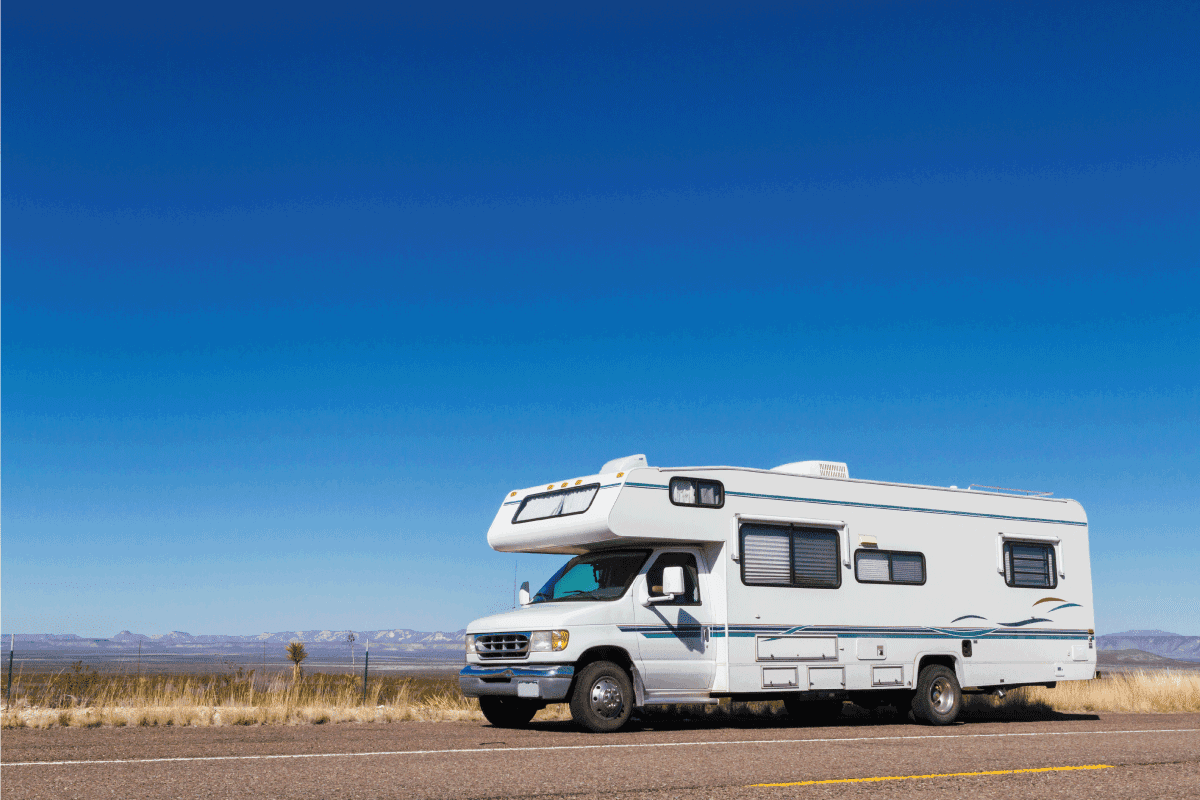
Final Words
RV owners can skip the development process of their vehicles’ skirting if they purchase commercial skirts. However, you may save some cash by developing and installing the RV skirt without help from specialized technicians. If done successfully, you can winterize your camping vehicle, which can also provide many benefits during the summer.
Finally, don’t forget to read these other posts to help protect your RV from winter damage:



